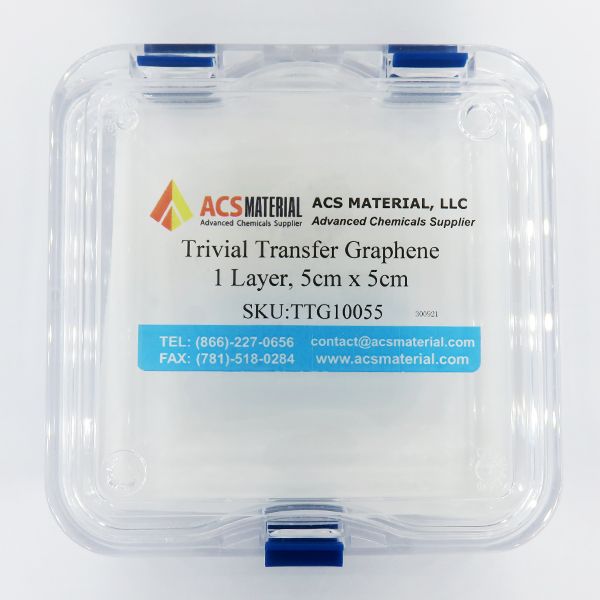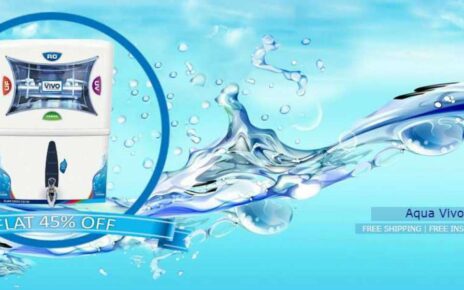Graphene has changed the game in the field of innovative materials due to its remarkable qualities. Chemical vapor deposition (CVD) has drawn a lot of interest in the different ways to make graphene. For a wide range of uses, including composite materials, electronics, and optoelectronics, CVD graphene offers enormous promise.
What is CVD Graphene?
CVD graphene refers to graphene synthesized through the chemical vapor deposition process. It entails the deposition of carbon atoms onto a substrate to create a layer of graphene. The fabrication of high-quality, large-scale graphene films is possible with the CVD process, making it appropriate for industrial uses.
What is the production process of CVD Graphene?
There are various steps in the production process. A substrate is initially heated to a certain temperature in a controlled environment. Substrates are often comprised of copper or nickel. The introduction of a carbon-containing gas—such as methane or ethylene—causes the gas’s carbon atoms to interact with the heated substrate surface.
What are the properties of CVD Graphene?
Due to its exceptional qualities, graphene is eagerly sought after for a variety of applications. Its most important characteristics include:
- Exceptional Strength and Flexibility
It has great strength and flexibility, which together define its amazing mechanical qualities. It can tolerate harsh circumstances without deforming or breaking and has a tensile strength that is several times greater than steel. Also, it is the perfect choice for applications that need strong and lightweight materials because of its characteristic.
- High Thermal Conductivity
In addition to electrical conductivity, it exhibits remarkable thermal conductivity. It can efficiently conduct and dissipate heat, making it suitable for applications that require effective heat management, such as thermal interface materials, heat sinks, and microelectronics.
- Transparency and Optical Properties
It is transparent and possesses excellent optical properties. Moreover, it is a great contender for transparent conductive films in displays, solar cells, touchscreens, and optoelectronic devices since it absorbs just a tiny proportion of light over a wide spectrum of wavelengths.
What are the applications of CVD Graphene?
The exceptional properties enable its utilization in various cutting-edge applications. The following are a few of the major application areas:
- Electronics and Optoelectronics
In the fields of optoelectronics and electronics, it offers enormous promise. It is the perfect material for flexible and transparent displays, touchscreens, photodetectors, and solar cells due to its excellent electrical conductivity and transparency.
- Energy Storage and Conversion
It is essential to energy conversion and storage systems. Also, it is a superior material for supercapacitors and batteries due to its large surface area, electrical conductivity, and stability. Moreover, it can increase energy storage capacity and enable quick charge/discharge cycles, making energy storage systems more effective.
- Sensors and Biosensors
It has substantial advantages in the field of sensors and biosensors because of its remarkable electrical characteristics.
- Composite Materials
It can be incorporated into various composite materials to enhance their mechanical, electrical, and thermal properties. By dispersing graphene within polymers or metals, the resulting composites exhibit improved strength, electrical conductivity, and heat dissipation. This opens up possibilities for advanced materials in industries such as aerospace, automotive, and construction.
What are the advantages of CVD Graphene over other materials?
There are several advantages over other materials, contributing to its widespread appeal. Some of the key advantages include:
- Scalability and Cost-Effectiveness
One of the key advantages is its scalability, making it an attractive option for industries seeking a reliable graphene on copper foil supplier. The CVD method allows for the large-scale production of graphene films, making it a scalable and cost-effective manufacturing process. This enables the integration of graphene into commercial products, facilitating the transition from lab-scale research to real-world applications.
What are the challenges and future prospects?
While CVD graphene shows immense promise, several challenges need to be addressed for its widespread adoption and commercialization. Some of the key challenges include:
- Integration and Compatibility
Integrating it into existing manufacturing processes and device architectures is a complex task. Ensuring compatibility with other materials and production methods is crucial for successful implementation. Researchers and industry experts are actively working on developing suitable integration techniques to overcome this challenge.
- Manufacturing Techniques and Large-Scale Production
Although it allows for large-scale production, further advancements in manufacturing techniques are necessary to improve efficiency, reduce production costs, and enhance film quality.
- Emerging Research and Development
Its field is still evolving, with ongoing research to uncover new properties and potential applications. Researchers are exploring innovative techniques, such as doping, heterostructures, and functionalization, to enhance its performance and functionality. These advancements hold great promise for future technological breakthroughs.
Conclusion
CVD graphene represents a revolutionary material with exceptional properties and diverse applications. Its remarkable strength, electrical conductivity, thermal conductivity, transparency, and versatility make it a highly promising material for various industries. The scalable production process and customization capabilities further contribute to its widespread appeal. While challenges exist, ongoing research and development efforts aim to overcome these hurdles and unlock the full potential of CVD graphene for future technologies.
Thanks for visiting postmyblogs



